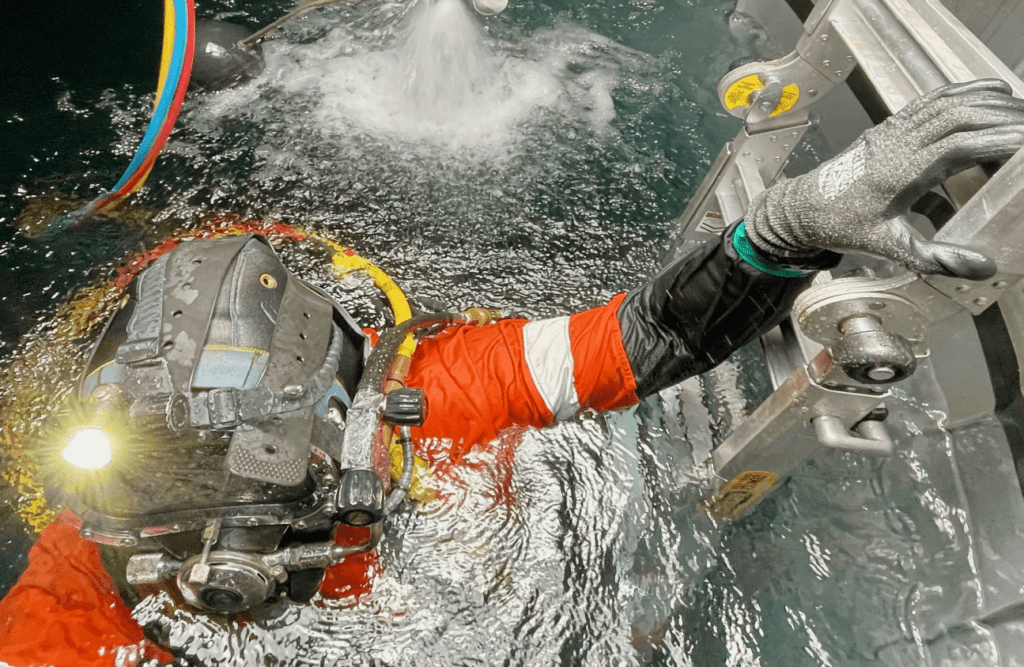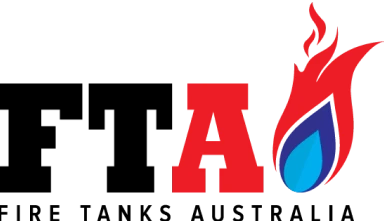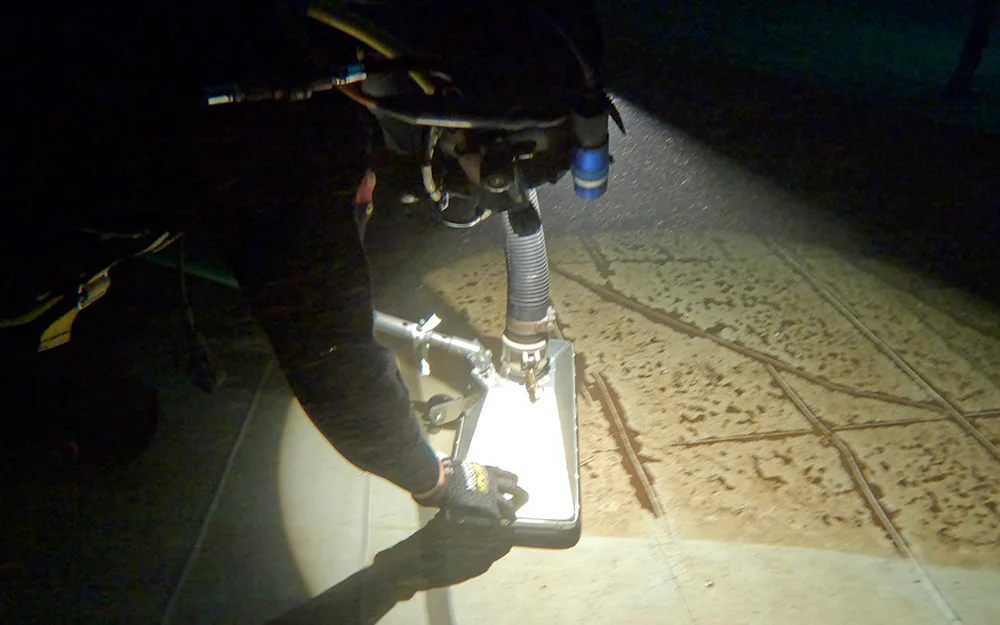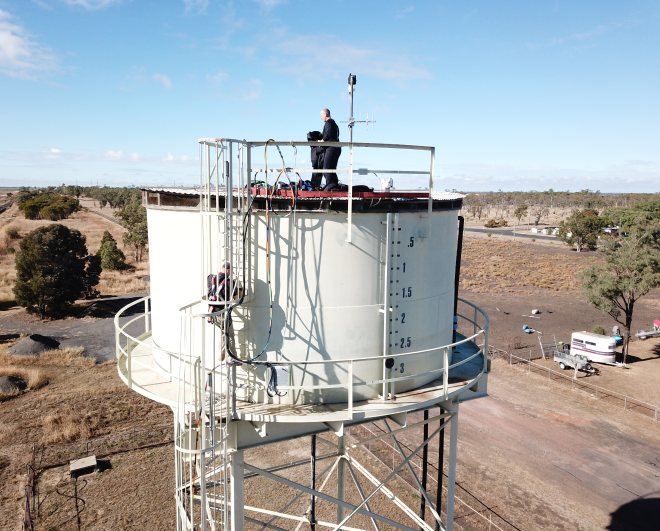As stated in AS 1851-2012 (Routine service of fire protection systems and equipment) Section 5 (Water storage tanks for fire protection systems); fire storage tanks are required to be inspected monthly, six-monthly, yearly and ten yearly with the requirements of the lesser inspections to be carried out during the greater inspection. The requirements for each inspection are clearly listed in the standard.
As further stated in the Standard, on the anniversary of the first year of installation, your tanks are required to be cleaned and inspected. The next clean is then scheduled for the 10 yearly inspection, dependent on the sediment depth findings during your consequent yearly inspections, which will determine if the tank requires a more frequent cleaning schedule.
At Fire Tanks Australia, we maintain that the monthly and six-monthly inspections can be carried out without the use of a commercial dive team as there is no requirement to enter the tank. However, we would recommend the use of our commercial dive team in order to perform all of the requirements of the yearly inspection.
Fire Tanks Australia are industry leaders setting the gold standard for fire storage tank cleaning and inspections. We use cutting edge techniques and equipment to provide the best possible results while following all of the industry best practices and standards.
Regarding your annual inspection and clean, the Standard provides that in order to clean your tanks, they can either be emptied or a commercial dive team can be used to clean the tank while it remains full of water. There are many advantages of cleaning your tanks without emptying them besides the obvious water savings.
When your tank is emptied there can be significant wear on your tank liner from foot traffic and equipment used during the cleaning process. There is also the risk of liner chafing caused by liner movement during the process. Liner movement can also facilitate joins and seems being moved out of position causing them to stress and split when the tank is refilled. When the tank is full there can be no liner movement and all of these risks are eliminated.
Leaks and bulging behind the liner are very difficult if not impossible to detect after the liner becomes slack when the tank is emptied. With the tank full divers are able to access all surfaces of the tank and effectively detect leaks, feel for bulging in liners and all of the functions required in the Standard.
In short, the use of a professional commercial dive team with specialised high tech equipment is the safest and most effective way to clean your tanks.

Some companies are using ROV’s to perform fire tank inspections and, in some cases, even cleans. There are many functions and requirements under the Standard that ROV’s are unable to perform, including the removal of foreign objects, feeling the liner for bulging and brittleness, detecting leaks, getting accurate sediment depths, tightening of internal bolts and fixings. All of these are clearly outlined as requirements of the Standard.
Regarding tank cleaning, ROV’s are limited in the quality of clean they can achieve, particularly in tanks with deep or heavy sediment or tanks with liners.
Tank liners when fitted correctly are made 10% larger than actual size, which leaves folds or flaps on the floor and walls. In tanks where the liner is incorrectly measured these folds are larger and more frequent. This creates a problem for the ROV which, unlike the diver, is unable to lift these folds during the cleaning process. The ROV is also unable to remove foreign objects found in the tank during the cleaning process, which means the risk of fouling pumps or blocking sprinklers and hydrants remains.
When the ROV fails to remove foreign objects or detect leaks, the dive team is then required to rectify the problem and any cost savings that may have been perceived from the use of an ROV are nullified.
At Fire Tanks Australia, we believe it is far more cost-effective to use the best process first time around, saving you money in the long run and giving you peace of mind that the job has been performed correctly.
When it comes time to have your tanks cleaned and inspected, contact Fire Tanks Australia for a free no-obligation quote.
Are your tanks FTA approved?




